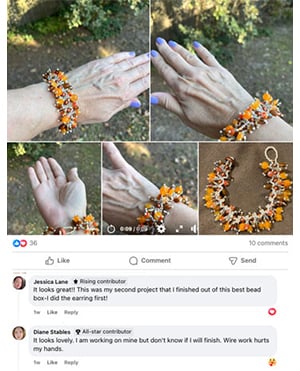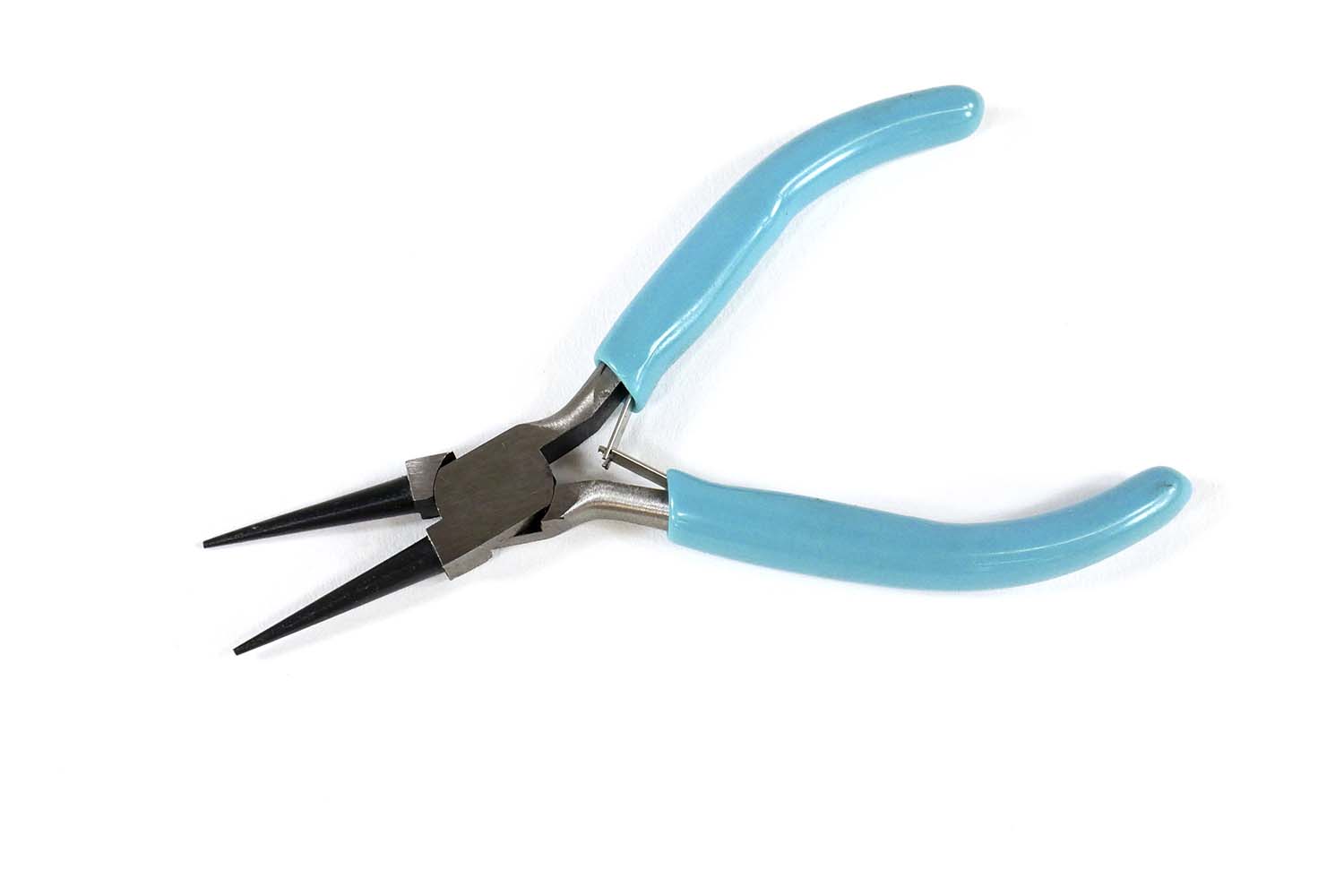- Jewelry-Making Supplies ▾
Design Jewelry with Confidence!
Seed Beads
Thread, Wire, & Stringing Materials
Findings & Components
Everything Else
- Kits & Collections ▾
Assemble Your World
Kits & Collections
- Subscriptions ▾
Want monthly Beading Happiness?
Subscriptions
- Learn to Make ▾
Want to learn more?
- Discounts & Deals ▾
Explore Today's Promotions!
-
Seed Beads
Thread, Wire, & Stringing Materials
Findings & Components
Everything Else
-
Kits & Collections
-
Subscriptions
- Home
- Resources
- Support/Resources Pages for Kits & Collections (hidden)
- DragonThread Support
- Superduo Tubular Herringbone …
Superduo Tubular Herringbone Tutorial
Step 2: Watch the
Video Tutorial
Step 2: Watch the
Video Tutorial
Step 3: Need More Help? Follow these Steps
Step 3: Need More Help? Follow these Steps

Quick Project Steps
Quick Project Steps
Join into a Circle: Connect the ends of your ladder stitch to form a circle, setting the base for your tubular design.
Add SuperDuo Beads: Incorporate SuperDuo beads into your design, placing them on top of the ladder stitch foundation.
Build the Herringbone Pattern: Alternate rows of size 8/0 seed beads and SuperDuo beads, following the tubular herringbone pattern.
Maintain Pattern Consistency: Ensure each row is added correctly to maintain the bracelet's pattern and symmetry.
Complete the Bracelet: Finish off your bracelet by securing the thread and adding a clasp if desired.
Step 4: Pick Your Own Colors
Step 4: Pick Your Own Colors
Step 5: Need Any Extra Materials?
Step 5: Need Any Extra Materials?
Step 5: Need Any Extra Materials?
Step 5: Need Any Extra Materials?
Step 6: Choose Your Next Project
Step 6: Choose Your Next Project
Step 6: Choose Your Next Project
Step 6: Choose Your Next Project
- Glasgow Rose Embroidered Pendant - DIY Jewelry Making Tutorial by PotomacBeads
- Glasgow Rose Embroidered Pendant - DIY Jewelry Making Tutorial by PotomacBeads
- Comet Earrings - DIY Jewelry Making Tutorial by PotomacBeads
- Flower Gem Earrings - DIY Jewelry Making Tutorial by PotomacBeads
- Embroidered Rings - DIY Jewelry Making Tutorial by PotomacBeads
Join Our Growing Community
Join Our Growing Community




Our Testimonials
Our Testimonials
Only Visible on Admin Mode
Item Description
Designer's Material List
Project Steps
Join into a Circle: Connect the ends of your ladder stitch to form a circle, setting the base for your tubular design.
Add SuperDuo Beads: Incorporate SuperDuo beads into your design, placing them on top of the ladder stitch foundation.
Build the Herringbone Pattern: Alternate rows of size 8/0 seed beads and SuperDuo beads, following the tubular herringbone pattern.
Maintain Pattern Consistency: Ensure each row is added correctly to maintain the bracelet's pattern and symmetry.
Complete the Bracelet: Finish off your bracelet by securing the thread and adding a clasp if desired.
Highest Quality
Products
100% Money
Back Guarantee
Fast
Shipping
Best Teaching &
Customer Service
You'll want these emails...
Get Free Projects & Inspiration
Get Free Projects & Inspiration
- Bullet 1
- Bullet 2
- Bullet 3
Copyright © PotomacBeads





-Transparent.png)

